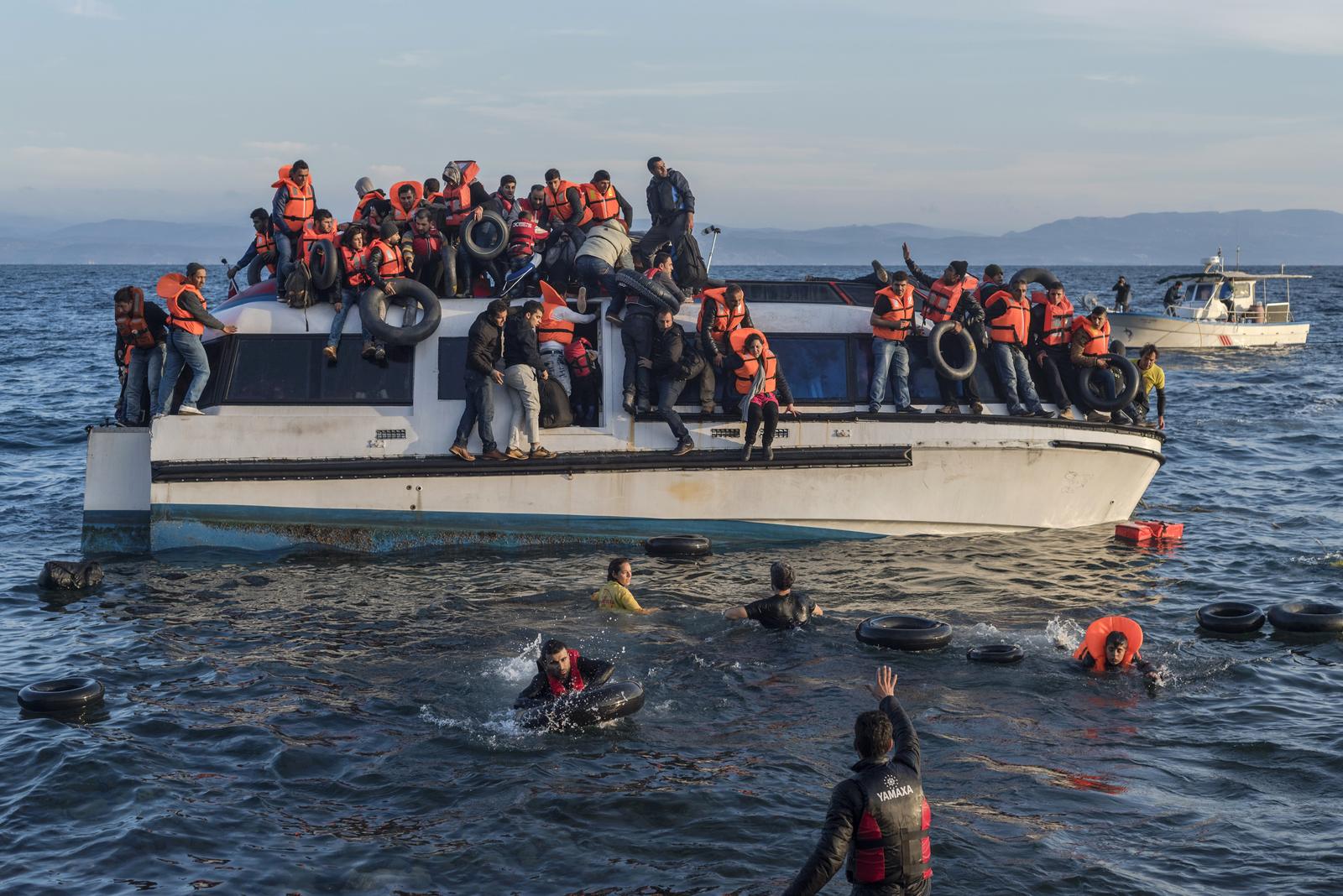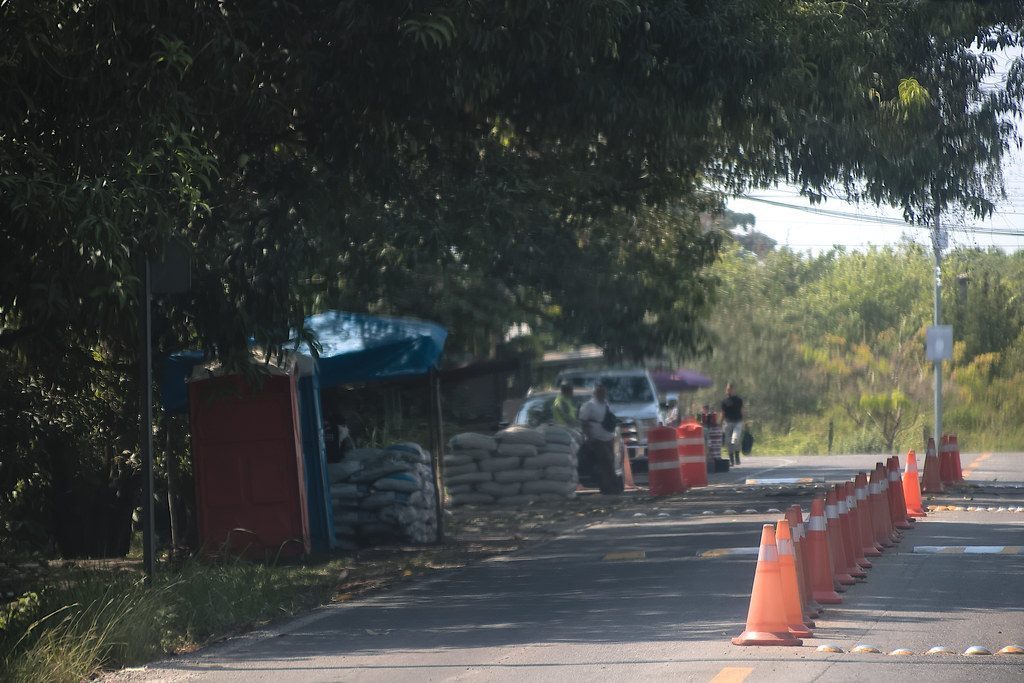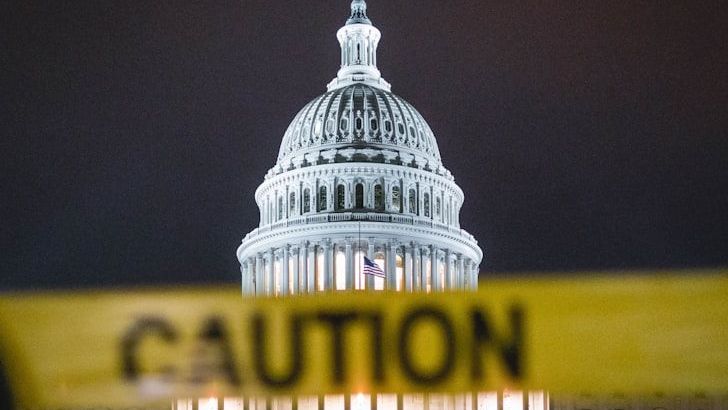Policy Changes Have Stopped Migrant Caravans From Reaching The U.S. Border, USA TODAY Says
The phenomenon that once dominated headlines and shaped political discourse has undergone a dramatic transformation. What began as a visible manifestation of mass migration has evolved into something far more complex and dangerous for those still attempting the journey northward.
The shift represents more than just policy changes. It reflects a fundamental alteration in how migration flows operate between Central America and the United States, with consequences that ripple through communities on both sides of the border.
Caravans Once Visible Now Rapidly Dispersed

Before dawn, hundreds of migrants trekked through Tapachula, Mexico, wearing American sports gear that hinted at how far U.S. cultural influence reached. They traveled in a caravan for safety, hoping to reach the United States before Donald Trump’s inauguration hardened the border.
Yet, like many such groups, they were quickly broken up by Mexican authorities. Researchers estimate at least 67 caravans formed from 2018 to early 2025, involving over 100,000 migrants, turning migration into a visible and politically explosive issue.
Safety In Numbers Turning Into A Political Flashpoint

The caravans, which often swelled from hundreds to thousands, became a symbol seized upon by Trump and his supporters as evidence of an “invasion.” This stoked political battles over border policy and fueled crises in U.S. border cities like El Paso.
Advocates argued the caravans offered protection from kidnappings and extortion, but critics portrayed them as a threat. Biden’s administration responded by launching the CBP One app to streamline asylum requests, while Mexico and Central America escalated enforcement.
Crackdowns Intensify Across Mexico And Central America

Initially, Mexico issued humanitarian visas to passing caravans. But by 2020, public support eroded, and the government, under U.S. pressure, adopted tougher containment measures. Caravans were routinely blocked at borders or dismantled in southern Mexico.
Guatemala also closed crossings to Honduran groups. The decline accelerated in 2023 after Biden restricted asylum to official entry points. By early 2025, under Trump, enforcement expanded further – the CBP One app shut down, deportations surged, and the U.S. border became heavily militarized.
Migration Continues, But With Higher Risks And Costs

Despite political claims that migration has stopped, advocates say crossings persist – now far more dangerous and costly. Smugglers charge $16,000 to $20,000, several thousand more than in previous years.
Migrants face rising rates of kidnapping and extortion as caravans disappear and routes become clandestine again. Many who had reached Mexico began heading home after losing access to asylum appointments, while others remain stranded with few safe options.
New Routes Emerge As U.S. Access Tightens

With entry to the U.S. increasingly blocked, migrants from Guatemala, Honduras, Ecuador and elsewhere are increasingly turning toward Spain or, to a lesser extent, Germany. But only those with financial means can attempt such journeys.
For poorer migrants, advocates say options have narrowed to returning home or remaining stuck in limbo within Mexico or Central America. Though caravans have largely vanished, the desire to migrate endures. “Their eyes are always set on the north,” one advocate said.





